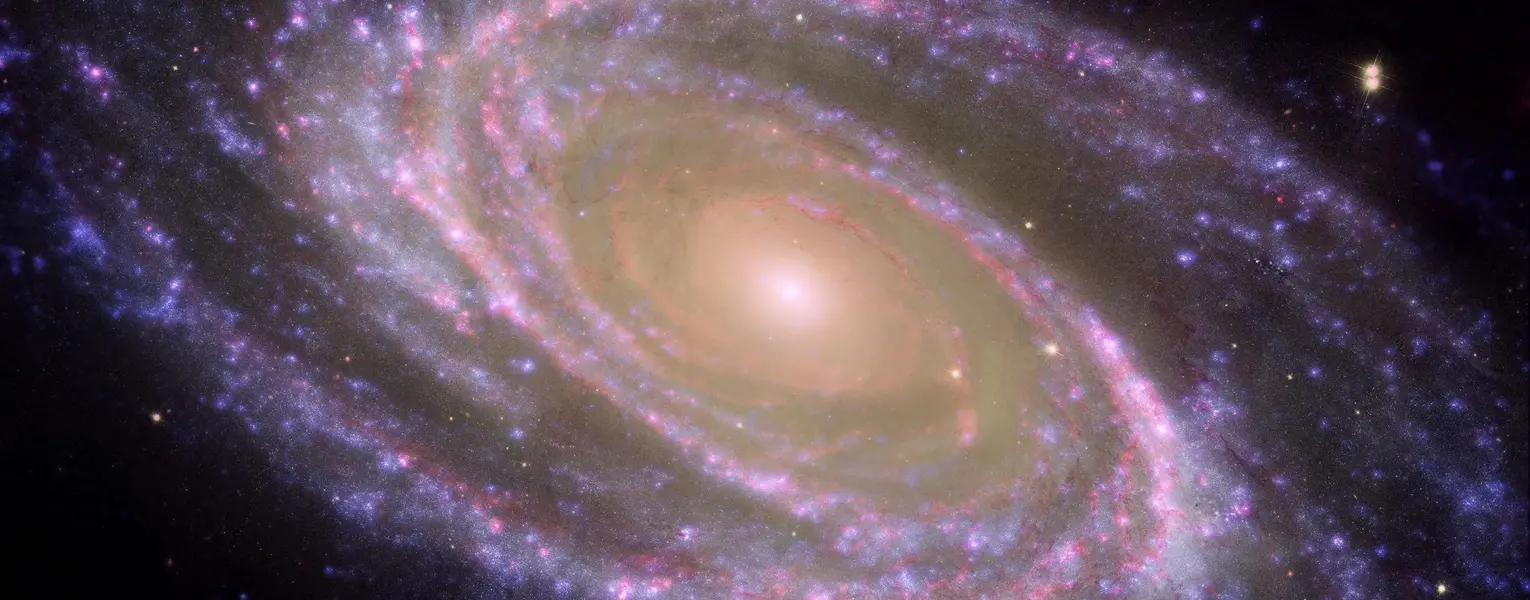For much of modern history, astronomers understood the universe to be predominantly made of ordinary, or baryonic, matter (electrons, protons, and neutrons). Now we believe that only a small fraction (~4%) of the universe is made up of this baryonic matter, while the rest is composed of unseen dark matter (~23%) and dark energy (~73%). Of this small fraction of baryonic matter, only 0.01% is composed of massive stars. Their rarity belies their fundamental importance as a cornerstone for many astrophysical processes. Because of their high temperatures (>3 times the Sun) and mass (>8 times the Sun) they have exceptionally short lifetimes (1,000 times less than the Sun). This makes them exceptional tools for studying many branches of astrophysics.
The death of these massive stars is a fundamental process in the shaping of the universe. The first massive stars are considered a significant contributor to reionization and the dispersal of the first metals. These first stars also form the seeds for the formation of supermassive black holes. Later generations continue the production and dissemination of heavy elements, which shape planets, solar systems, future generations of stars, and galaxies. They form the neutron stars and black holes in the universe, dictating the characteristics and formation rates of X-ray binaries, X-ray bursts, and gravitational wave sources.
Despite their importance, the nature of the first stars, their contribution to reionization, and how massive stars end their lives, is not well understood. SwRI studies the death of massive stars and how their observation can be used as astrophysical tools. We also develop the technology for detecting and analyzing the light from these and other astrophysical objects.
After the Big Bang, the only elements that existed were hydrogen and helium. It was from multiple generations of stars, which lived and died, that the rest of the elements from the Periodic Table were created. Stellar light can be analyzed spectroscopically to measure the abundance of elements within, studying how light interacts with chemicals in a star’s upper layers. Using these data, scientists can understand the patterns within the Milky Way galaxy, for example the chemical difference between stars that host exoplanets and those that do not.
Research
- Measuring the multiwavelength properties of core-collapse supernovae and gamma-ray bursts
- Modeling the evolution of core-collapse supernovae explosions
- Correlating observations and models of core-collapse supernovae
- Measuring the UV to optical properties of binary stars and X-ray binaries
- Inventing, designing, building, and testing next generation UV to mid-infrared astrophysical instrumentation and missions
- Testing and characterization state of the art photonic detectors
- Studying the chemical composition of stars
- Using stellar elements as a proxy for planetary make-up
Science
- Progenitors of core-collapse supernovae and gamma-ray bursts
- Explosion and shock break out physics of core-collapse supernovae
- Temporal and spectral physics of gamma-ray bursts
- Earliest stars to explode as gamma-ray bursts
- Accretion disk physics
- Star formation over cosmic time
- Characterize exoplanets around nearby stars
Missions/Instruments
- Swift Ultra-Violet/Optical Telescope (UVOT)
- SCORPIO
- Texas Echelon Cross Echelle Spectrograph (TEXES)
- Mid-Infrared Camera, High-disperser, and Integral field unit (MICHI)

